The blockchain landscape has been a fertile ground for innovative protocols and standards, often acting as the seedbed for revolutionary concepts that alter the fabric of digital transactions. Amidst the commonly known Ethereum Request for Comments (ERC) standards like ERC-20 and ERC-721, a lesser-known but equally significant protocol awaits its time in the limelight. Ethereum’s ERC-404 is set to push the boundaries of blockchain capabilities and stands as a beacon of future crypto endeavors.
Background on Ethereum and ERC Standards
As a springboard to understanding ERC-404, one must first fathom the rich history and the groundbreaking technologies that have evolved within the Ethereum ecosystem. Founded in 2013 by Vitalik Buterin, the Ethereum network introduced a decentralized platform that could harness the power of smart contracts, enabling the creation of complex decentralized applications (dApps) and the ability to interact with the Ethereum Virtual Machine (EVM). Ethereum’s ERC standards are a set of Ethereum Improvement Proposals (EIPs) that define a generic set of rules for tokens to follow, including transfer and allowance functionality, and provide a consistent interface for assets on the Ethereum blockchain.
The Concept of ERC-404
A relatively young addition to the ERC family, ERC-404, is not just another run-of-the-mill token standard. It is a culmination of painstakingly devised rules that enable an unprecedented level of utility and innovation within the Ethereum network. Understanding ERC-404 uncovers a world where tokens go beyond mere currency or representation of assets, to serve as a framework for complex real-world scenarios and governance structures.
The inception of ERC-404 was rooted in the Ethereum community’s collective aspiration to bridge the gaps left by existing token standards. It was envisaged as a response to the limitations that were becoming increasingly apparent with standards like ERC-20, in the face of advancing blockchain applications. ERC-404 is the brainchild of a group of developers and blockchain enthusiasts who saw an opportunity to improve upon the foundations laid by previous standards, creating a more versatile and resilient token standard for the future.
ERC-404’s primary intent is to provide a more sophisticated and flexible framework for token deployment. It aims to cater to applications requiring intricate functionalities beyond the simple transfer of value. With a robust set of capabilities, it seeks to empower developers to build powerful, interoperable token ecosystems.
Technical Specifications of ERC-404
Unraveling ERC-404’s technical underpinnings is crucial to realizing the full extent of its features and how it can be a game-changer.
Key Features
- Fractional Ownership: The introduction of the ERC-404 standard is a game-changer for asset ownership, enabling the division of tokens into smaller fractions. This innovation opens the door to partial ownership in high-value investments like real estate and fine art, democratizing access for a broader spectrum of investors. It also streamlines transactions of minimal value, facilitating micro-investments and expanding investment opportunities.
- Atomic Swaps: ERC-404 significantly enhances the liquidity of digital asset trading through the implementation of trustless atomic swaps. This feature allows for the direct exchange of various token types across different blockchains without relying on intermediaries, streamlining cross-chain token interoperability. As a result, ERC-404 lays the foundation for a more integrated and efficient blockchain ecosystem.
- Rights and Permissions: Advancing beyond conventional token standards, ERC-404 introduces a comprehensive framework for integrating complex rights and permission structures within tokens. This development enables the adoption of sophisticated token-based governance models, empowering token holders to influence key decisions, such as protocol updates or treasury management. This approach fosters a more democratic and decentralized decision-making process within projects.
- Dynamic States: A notable characteristic of ERC-404 is its support for tokens to switch between various states, enhancing adaptability to fluctuating regulatory demands across different regions and over time. Additionally, it accommodates the creation of tokens with intricate behaviors—such as those reacting to specific triggers or conditions. This feature of dynamic state functionality allows developers to craft tokens that can adapt and evolve, aligning with a project’s objectives or external changes, thereby providing unparalleled flexibility in token design.
Technical Enhancements
- Efficient Data Storage: The ERC-404 standard introduces a binary storage model which significantly optimizes how data is stored. This approach not only results in considerable cost savings but also enhances the efficiency of transactions, making it a game-changer for developers looking to optimize their blockchain applications.
- Improved Security: By implementing stricter validation mechanisms, ERC-404 addresses and mitigates common token vulnerabilities, such as reentrancy attacks. This added layer of security ensures that tokens built on this standard are more robust and less susceptible to exploits, thereby increasing trust in the blockchain ecosystem.
- Flexible Token Supply: In contrast to ERC-20 tokens, which have a fixed total supply, ERC-404 offers the flexibility to create tokens with a dynamic supply. This adaptability allows developers to design tokens that can respond to changes in demand, making it possible to implement more versatile and innovative token economics that can adapt to market conditions.
Functionality
ERC-404 tokens have the ability to perform a wide range of functions, including multi-stage transactions, recurring payments, and subscription-like models. The standard also incorporates features like automated reconciliation and state channels, which are significant for scaling and efficiency.
Comparing ERC-404 with Other ERC Standards
When pitted against its predecessors, ERC-404 emerges as a token standard designed for the future. It boasts a suite of features that vastly outstrip the simple transfer and balance functionality of ERC-20 and the non-fungible nature of ERC-721. In fact, ERC-404 aims to strike the perfect balance between the two, offering the advantage of indivisible and fungible tokens with the capacity for nuanced transactions and governance. Additionally, with its focus on security and efficiency, it presents a more robust alternative to ERC-223. Overall, ERC-404’s comprehensive range of capabilities makes it the most versatile token standard currently available in the Ethereum ecosystem.
Potential Use Cases for ERC-404
The versatility of ERC-404 opens the door to an array of potential use cases, each more innovative than the last. Fractional real estate ownership, dynamic equity sharing models, and sophisticated supply chain management are just a few examples of domains where ERC-404 could excel. With its cutting-edge features and adaptability, this standard has the potential to revolutionize industries across the board, enabling new possibilities for innovation and growth.
Implementing ERC-404 in Projects
For developers and entrepreneurs aiming to capitalize on the capabilities of ERC-404, mastering the integration process is a pivotal step. This journey requires a comprehensive understanding of the ERC-404 standard, including the intricacies of smart contract design, development, and deployment. Additionally, it’s crucial to adopt a strategic approach to leverage ERC-404’s features effectively while prioritizing security measures and regulatory compliance to mitigate potential risks.
ERC-404’s vast potential and its escalating adoption rate signify its emerging status as the preferred token standard for upcoming blockchain endeavors. This standard offers a robust framework for creating digital assets, enabling advanced features that can enhance transaction efficiency, ensure interoperability among different platforms, and provide a higher degree of security.
As the blockchain landscape continues to evolve, proficiency in ERC-404 could become an invaluable skill set. Developers who become adept at implementing this standard can not only contribute to innovative projects but also position themselves as leaders in the field of digital assets. For individuals and organizations looking to make their mark in the burgeoning world of blockchain technology and digital currencies, investing the time and resources to thoroughly understand and apply ERC-404 could yield significant dividends.
Conclusion
ERC-404 represents a significant milestone in the Ethereum community’s relentless pursuit of innovation and progress. This cutting-edge standard not only broadens the scope of what’s possible within the Ethereum blockchain but also challenges conventional perspectives on token functionalities. By transcending the limitations of traditional token standards, ERC-404 invites developers to explore new frontiers in blockchain applications, encouraging them to think creatively and venture into previously uncharted territories of technology. This opens up a plethora of possibilities, from enhancing the interoperability of digital assets to pioneering novel forms of decentralized applications, thereby pushing the boundaries of what blockchain technology can achieve.
FAQs
What distinguishes ERC-404 from other Ethereum token standards?
ERC-404’s prominent distinguishing factor is its extensive set of features and functionality. It provides a foundation for tokens that require more complex behavior, with support for governance, states, and various permission structures.
How might ERC-404 influence the development of decentralized applications (dApps)?
The standard’s extensive functionality has the potential to significantly impact dApp development. ERC-404 can enable dApps to implement complex economic models, intricate governance frameworks, and dynamic token behaviors, thereby expanding the scope of application architectures.
Are there any projects currently utilizing the ERC-404 standard?
At present, the utilization of ERC-404 remains relatively nascent, given its recent introduction. However, forward-looking projects in domains such as finance, real estate, and governance are actively exploring its potential.
How can developers contribute to or participate in the evolution of ERC-404?
Developers keen on contributing to the ERC-404 standard can immerse themselves in the Ethereum community, participate in discussions, and propose amendments or additions through the Ethereum Improvement Proposal process. Collaboration with other like-minded individuals can also pave the way for advancements in the standard.

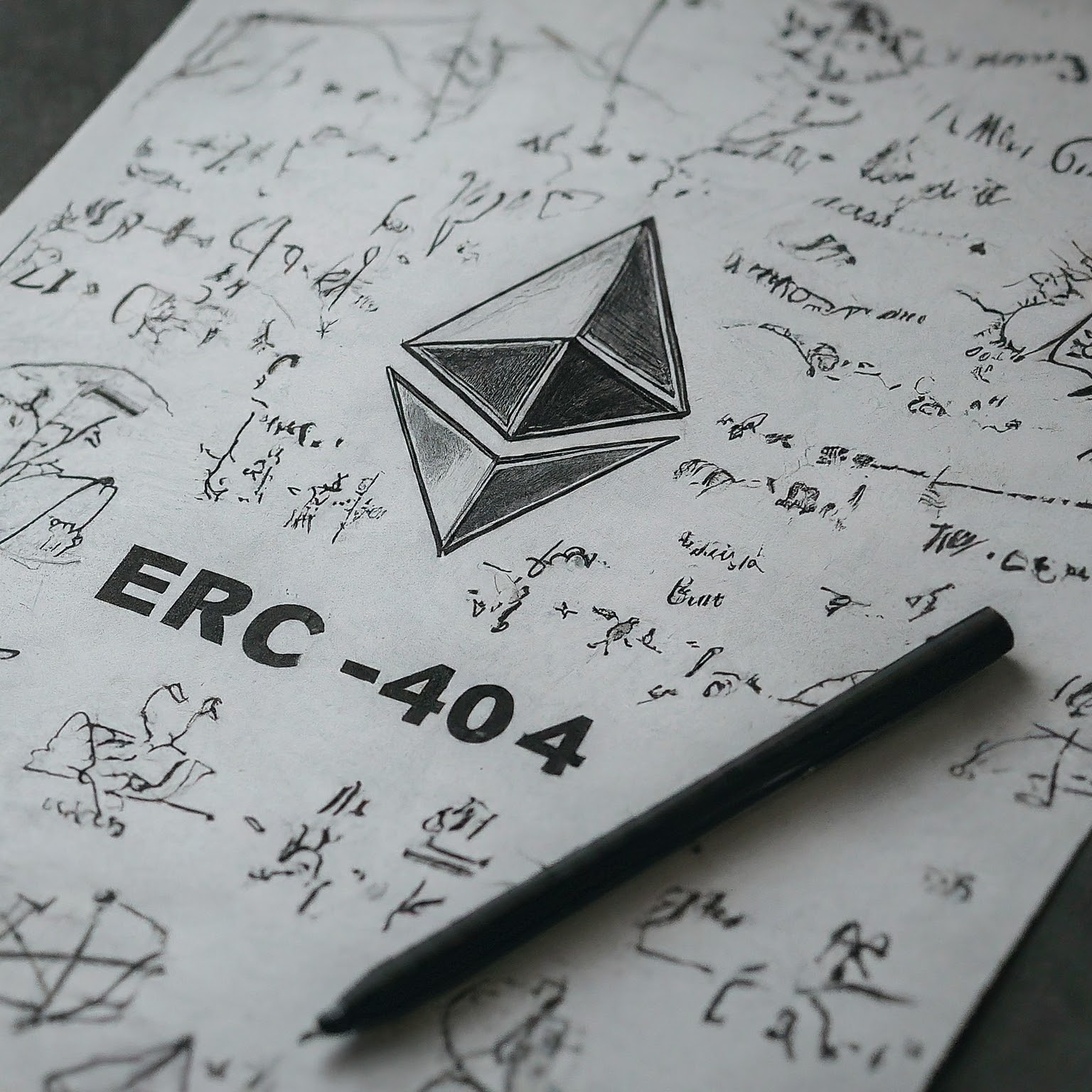

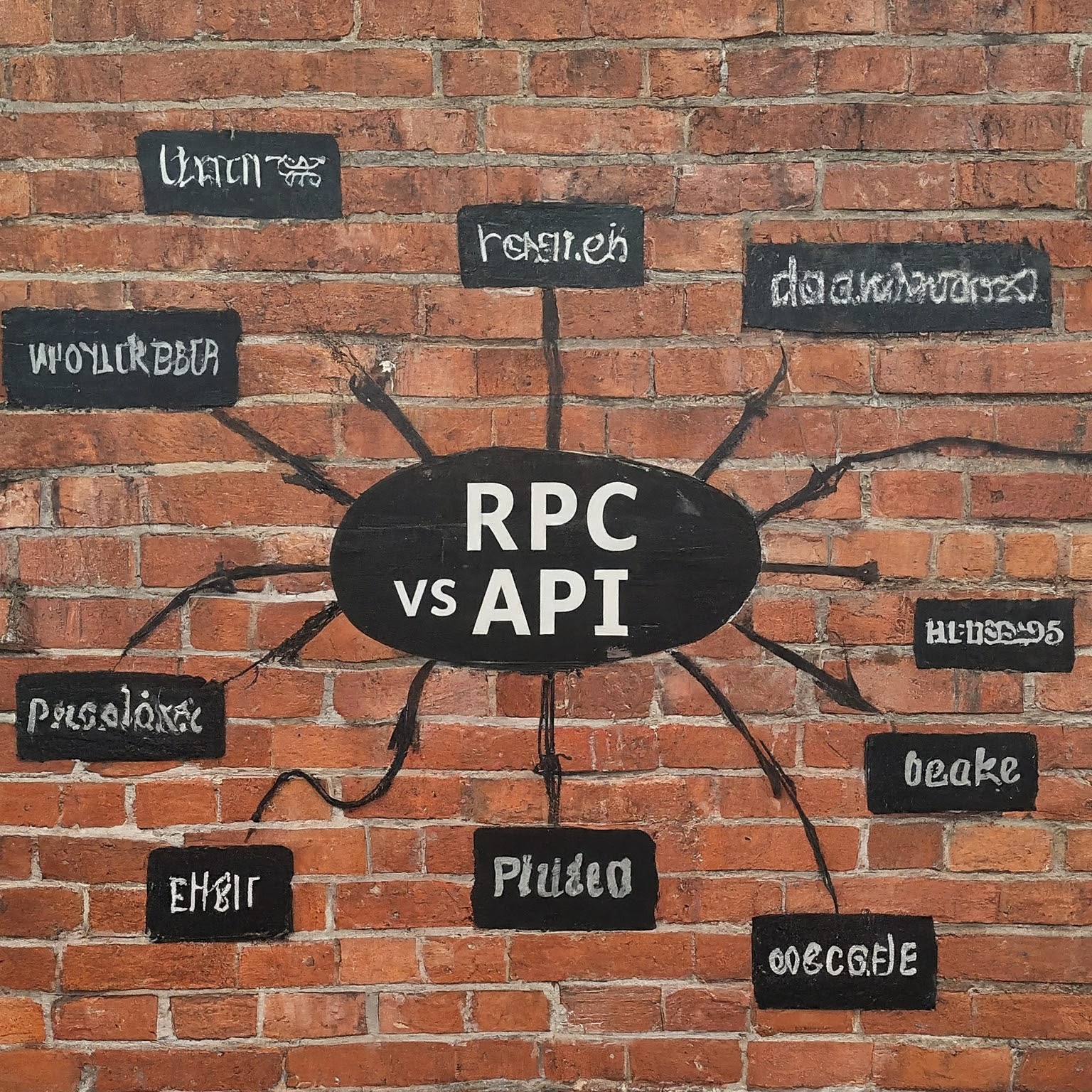


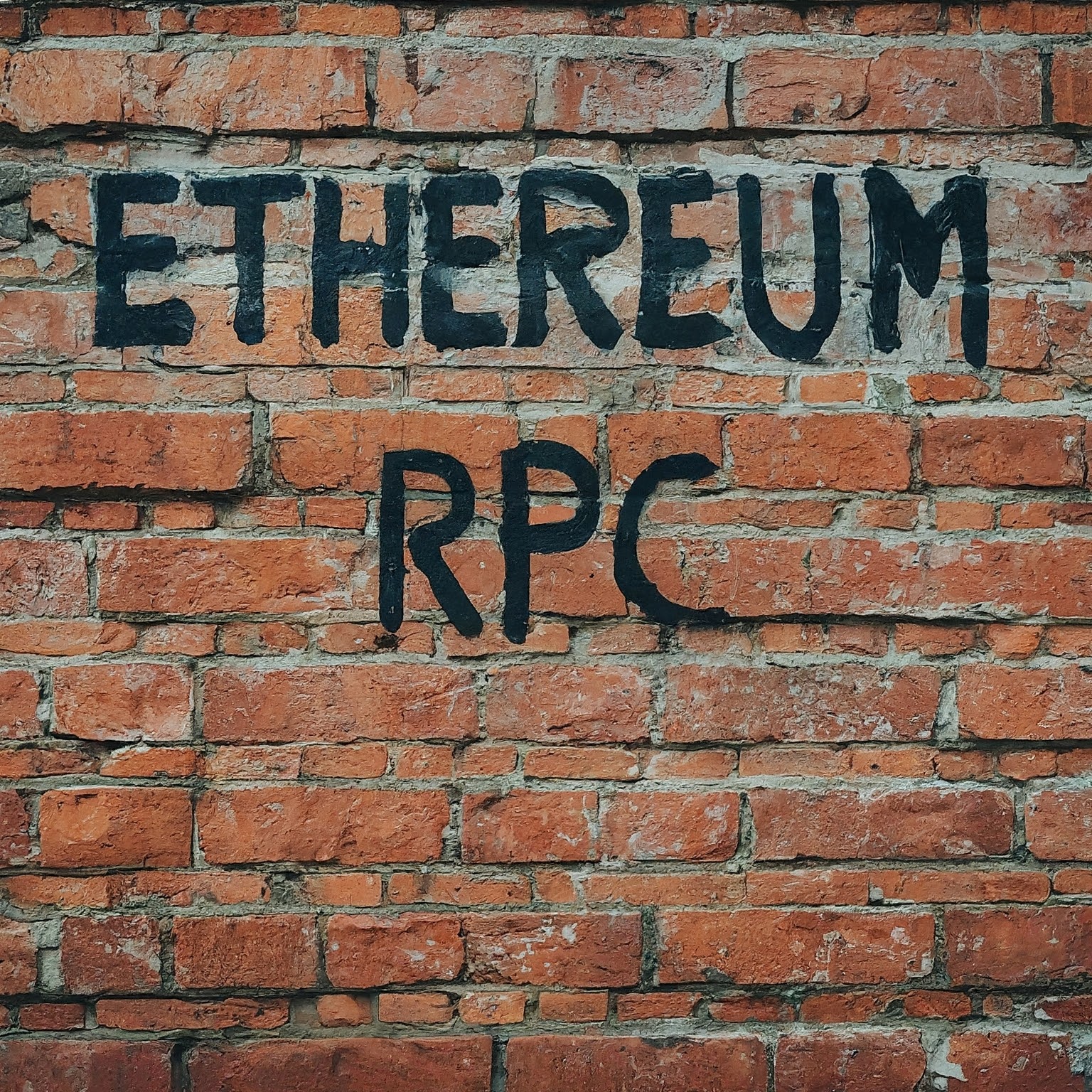
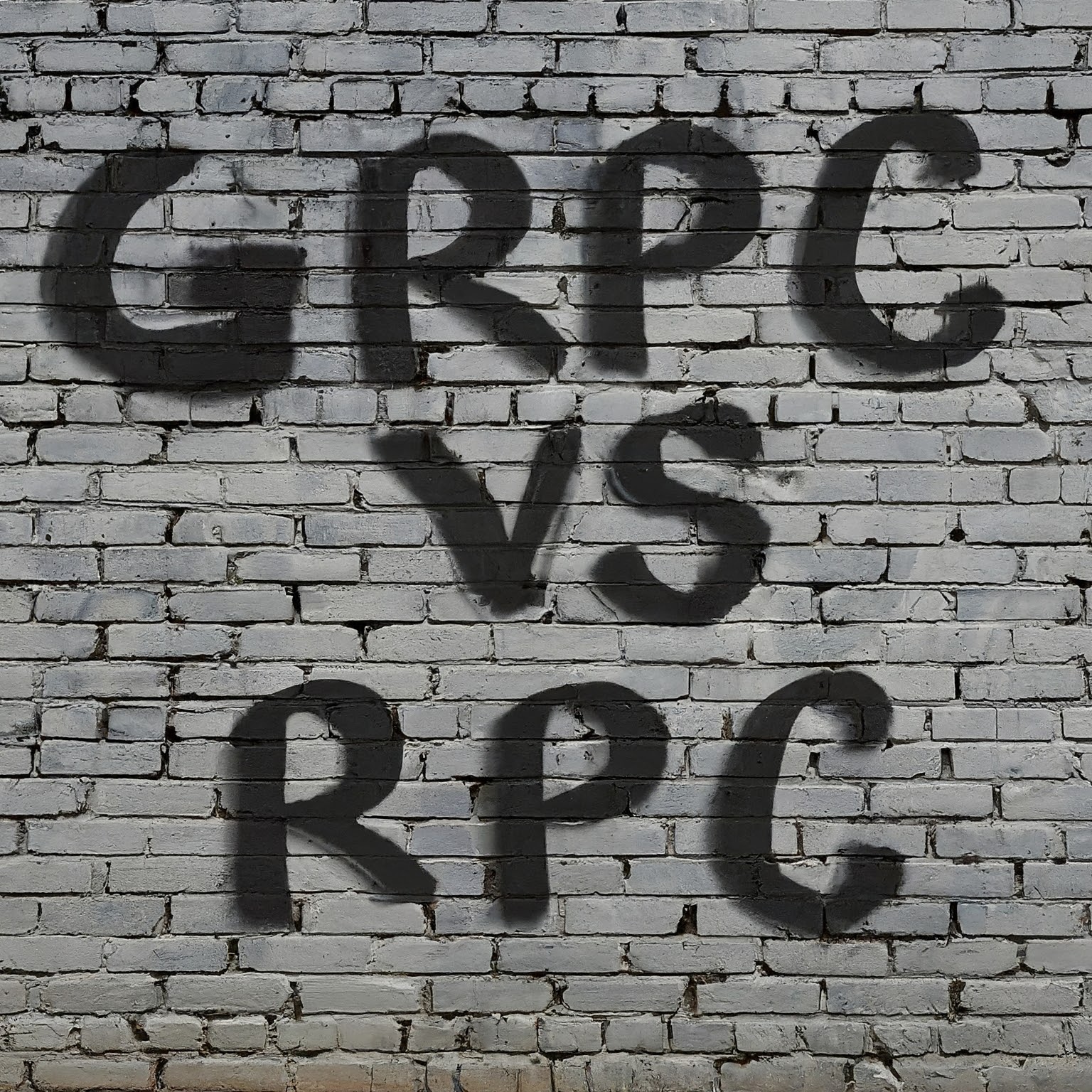
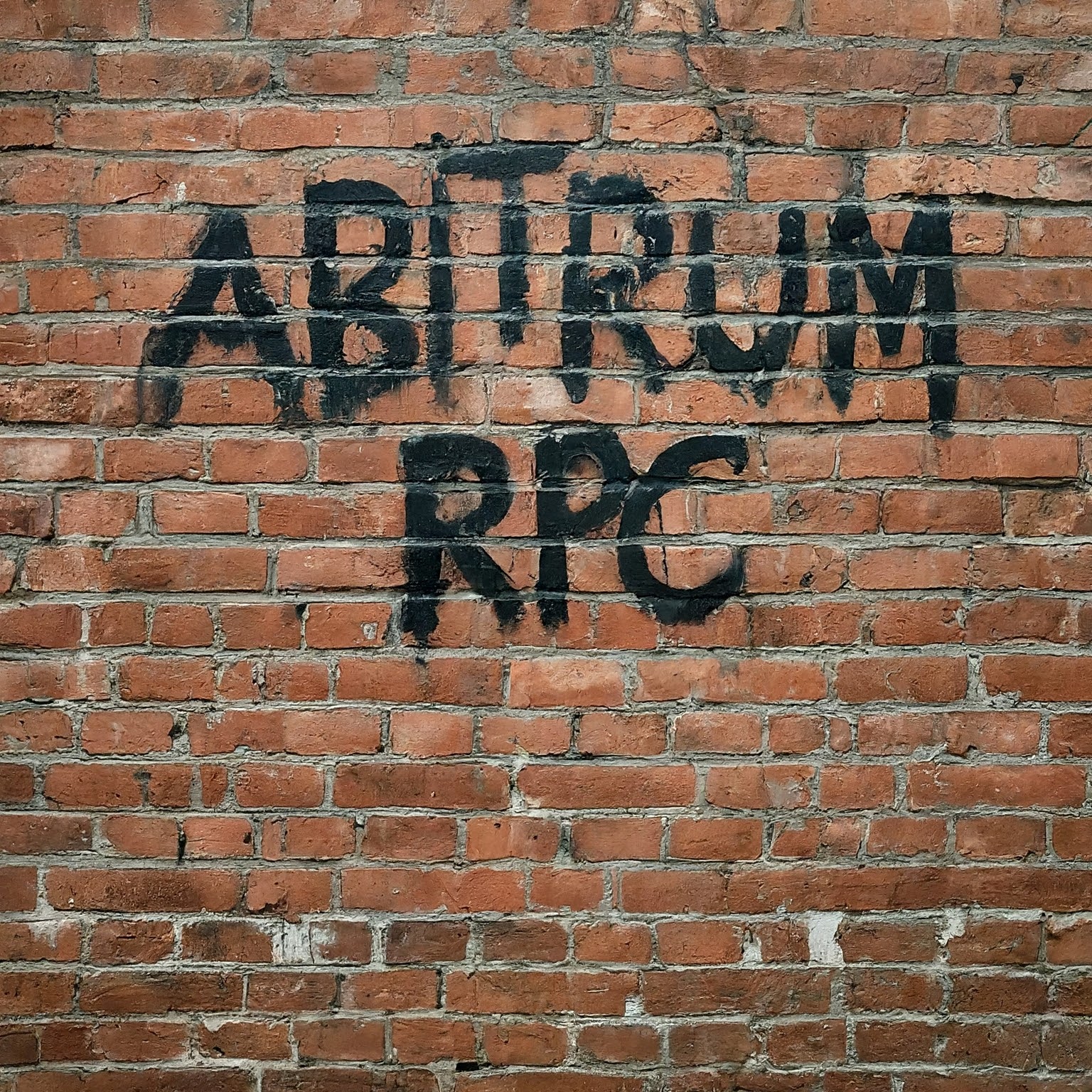

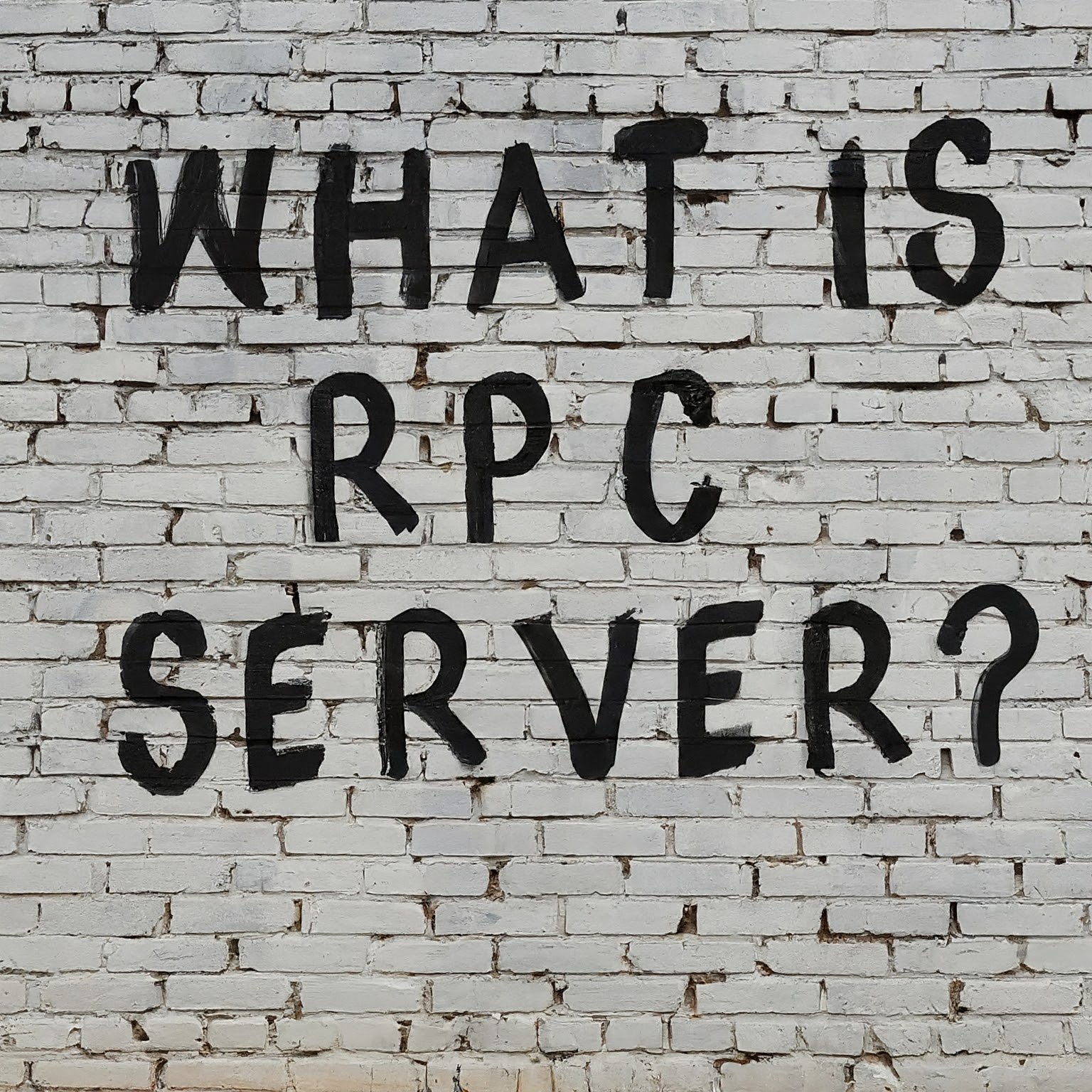

Leave a Reply
You must be logged in to post a comment.